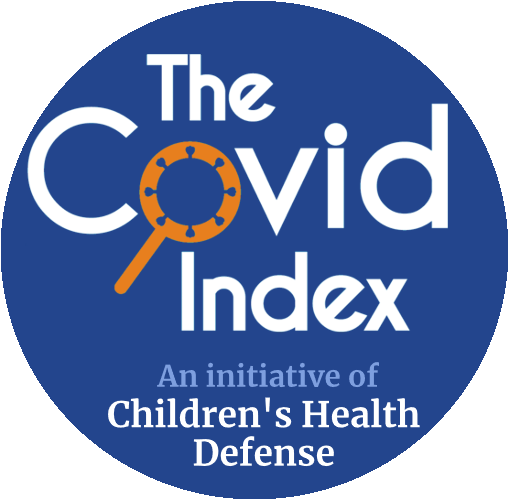The author is a physician-scientist and founder of Seattle-based Atossa Therapeutics Inc. (https://drquay.com)
"Executive Summary
... This report uses Bayesian inference, a common statistical tool in which Bayes' theorem, a well-known statistical equation, is used to update the likelihood for a particular hypothesis as more evidence or information becomes available...
The outcome of this report is the conclusion that the probability of a laboratory origin for CoV-2 is 99.8% with a corresponding probability of a zoonotic origin of 0.2%. This exceeds most academic law school discussions of how to quantify ‘beyond a reasonable doubt,’ the threshold for finding guilt in a criminal case. The report contains the detailed analysis and quantitative basis for the statistics and conclusion...
Laboratory Origin Hypothesis
The spike protein that gives the coronavirus its name, corona or crown, is the key to match with the lock found in host cells. But before it can inject its genetic material in the host cell, the spike protein needs to be cut, to loosen it in preparation for infection. The host cell has the scissors or enzymes that do the cutting. The singular, unique feature of CoV-2 is that it requires a host enzyme called furin to activate it at a spot called the S1/S2 junction. No other coronavirus in the same subgenera has a furin cleavage site, as it is called. The other coronaviruses are cleaved at a site downstream from the S1/S2 site, called the S’ site.
This is of course a major problem for the zoonosis theory, but it gets worse.
Since 1992 the virology community has known that the one sure way to make a virus deadlier is to give it a furin cleavage site at the S1/S2 junction in the laboratory. At least eleven gain-of-function experiments, adding a furin site to make a virus more infective, are published in the open literature, including Dr. Zhengli Shi, head of coronavirus research at the WIV. This has caused a flurry of Chinese papers since the pandemic began trying to show a natural furin site in a related virus (this one example was later shown to be an error in interpretation) or to show that furin sites from distant cousins of CoV-2 might be the source through a process called recombination, where two different viruses infect the same host and then make a mistake in copying their genetic material, and swap sequences.
These convoluted, hypothetical methods each fail, however. It turns out that it is Daszak [Dr. Peter Daszak of EcoHealth Alliance] himself who has shown that the subgenera of coronaviruses that have furin sites are found in different bat hosts, which live in different regions of China, than the sarbecovirus subgenera of which CoV-2 is a member. And even with these barriers, they apparently are too far apart to recombine. 'For the three focal subgenera, Sarbecoviruses, Merbecoviruses and Embevoviruses…none of the three focal subgenera recombines with one another.' ...
But it gets worse still for the zoonosis theory. The gene sequence for the amino acids in the furin site in CoV-2 uses a very rare set of two codons, three letter words so six letters in a row, that are rarely used individually and have never been seen together in tandem in any coronaviruses in nature. But these same ‘rare in nature’ codons turn out to be the very ones that are always used by scientists in the laboratory when researchers want to add the amino acid arginine, the ones that are found in the furin site. When scientists add a dimer of arginine codons to a coronavirus, they invariably use the word, CGG-CGG, but coronaviruses in nature rarely (<1%) use this codon pair. For example, in the 580,000 codons of 58 Sarbecoviruses. the only CGG pair is CoV-2; none of the other 57 sarbecoviruses have such a pair.
So, there is no natural example of a furin protein site in nature that could be introduced into CoV-2 by recombination, there is no natural example of the particular gene sequence for the furin protein site contained in CoV-2 being used to code for anything in nature, but this particular coding is exactly what Dr. Shi, [Ralph] Baric, and others have used previously in published experiments to insert or optimize arginine codons."
@2021. Steven C. Quay, MD, PhD
Creative Commons Attribution 4.0 International
The Creative Commons Attribution license allows re-distribution and re-use of a licensed work on the condition that the creator is appropriately credited.
